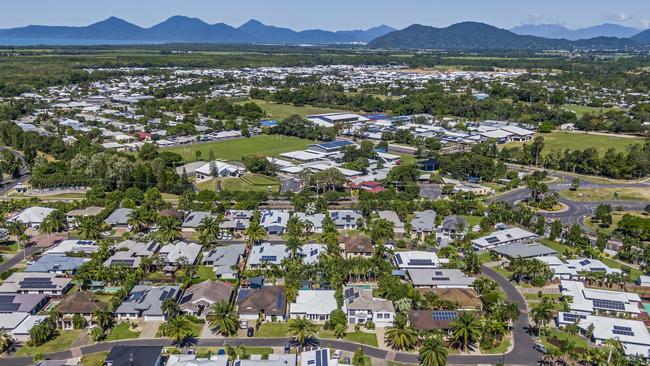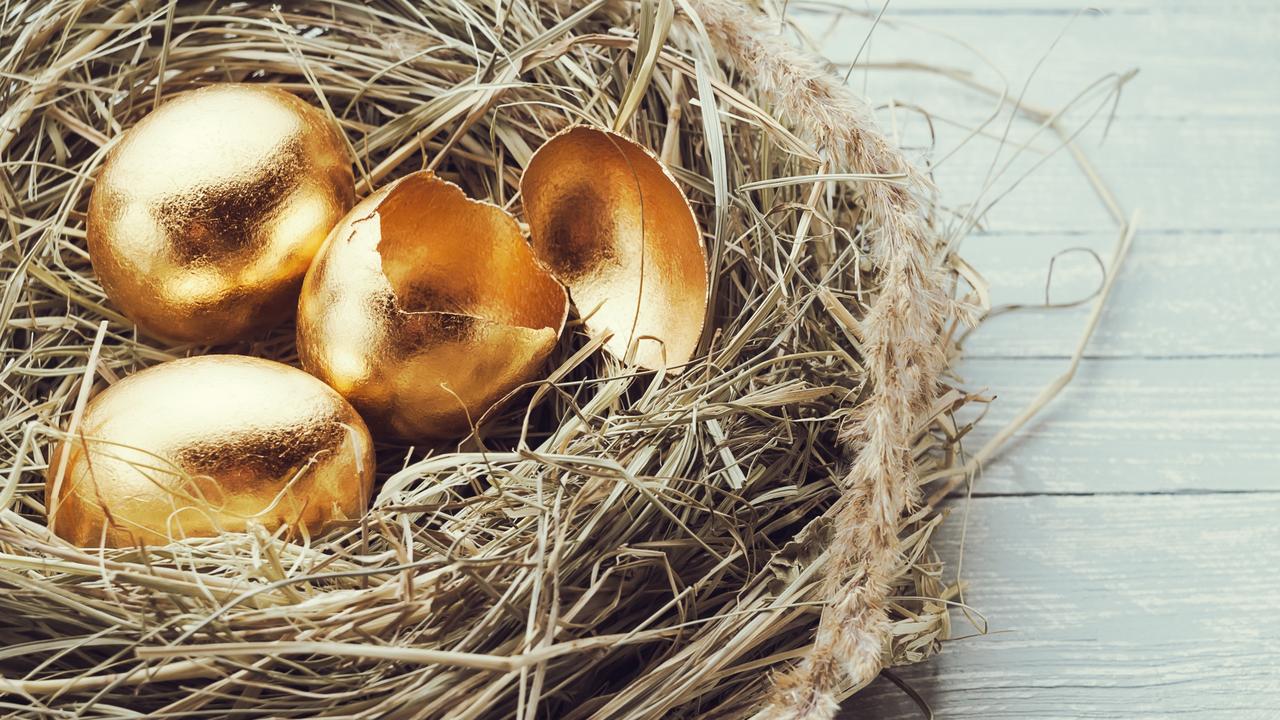Mortgage values fall as interest rate pain bites
The steep rise in interest rates forcing cash-strapped household borrowers to sell has contributed to an unexpected slide in home loan values through May, economists say.

The steep rise in interest rates forcing cash-strapped household borrowers to sell has contributed to an unexpected slide in home loan values through May, economists say.
The value of new housing loans written through May – excluding refinancing – fell 1.7 per cent to $28.8bn, the Australian Bureau of Statistics said on Monday, falling short of economists’ expectations of a 1.8 per cent increase.
UBS chief economist George Tharenou said the softening in the data was indicative of the impact of elevated borrowing costs conferred on some households after the Reserve Bank’s aggressive run of interest rate increases.
“This probably … implies a lift of stressed sales, amid the expiry of fixed-rate mortgages causing a very sharp increase in debt repayments for some,” he said.
While still low by historical standards, arrears on household mortgages have steadily risen in recent months, climbing to a three-year high in the March quarter according to CoreLogic.
Separate data released by ASIC shows the number of hardship notices – where a borrower informs their lender they cannot meet their loan obligations – had soared 54 per cent in the final three months of 2024 compared with the same period a year prior.
Concerns over the impact of higher mortgage repayments come as investors and economists ascribe an outside chance that the RBA will impart a 25-basis-point rate rise at its next board meeting, slated for August 5-6, with money markets pricing a one in three chance of additional tightening.
An additional quarter point interest rate rise would add about $112 in monthly repayments to a $750,000 owner-occupier loan, which has already risen by $1816 since May 2022, according to analysis by RateCity.
Data by real estate insights firm PropTrack also confirmed a further easing of Australia’s ultra-tight rental market, with the fresh figures showing the national vacancy rate climbed to 1.5 per cent in June, up 0.1 percentage point from a month prior.
Across capital city markets, Sydney had the highest proportion of rental properties available at 1.7 per cent, jumping 0.2 percentage points from May.
Renters in Melbourne and Brisbane also experienced an increase in vacancy rates, both climbing 0.1 percentage points to 1.5 per cent and 1.2 per cent respectively.
“Supporting higher vacancy rates has been an increase in investor activity, which is contributing to an increase in the number of available rental properties,” PropTrack senior economist Anne Flaherty said.
Despite the monthly fall, new housing lending remains 18 per cent higher than in May 2023.
Leading the decline in home lending across May was a 2 per cent reduction to owner-occupiers, with first-home buyers off 2.9 per cent, while the decline in lending to investors was more muted, off 1.3 per cent.
JP Morgan economist Jack P. Stinson said the decline in new loan commitments was in keeping with softening in the housing market, but investors would likely prove to be less sensitive to the slowdown.
“Both auction clearance rates and sales turnover, which are good leading indicators of house price growth, have eased and suggest dwelling price growth will decline in December half,” Mr Stinson said.
“We expect owner-occupier loan growth will soften relative to the heady pace at the start of the year.
“Investor loan growth may be a bit more resilient, with tailwinds still coming from elevated rental yields and greater borrowing capacity compared to owner-occupiers.”
However, that view was disputed by ANZ senior economist Blair Chapman, who argued that ongoing positive real wage growth and tax cuts should see borrowing capacity rise further.
“Combined with continued housing price growth … loan sizes [should] grow again in coming months,” he said.
While the value of new home loan commitments fell nationally, growth among states was mixed, a phenomenon that Oxford Economics’ Maree Kilroy described as a “bifurcation of the property market”.
“Perth is running hot, while at the other end of the spectrum is a languishing Melbourne market,” she said.



